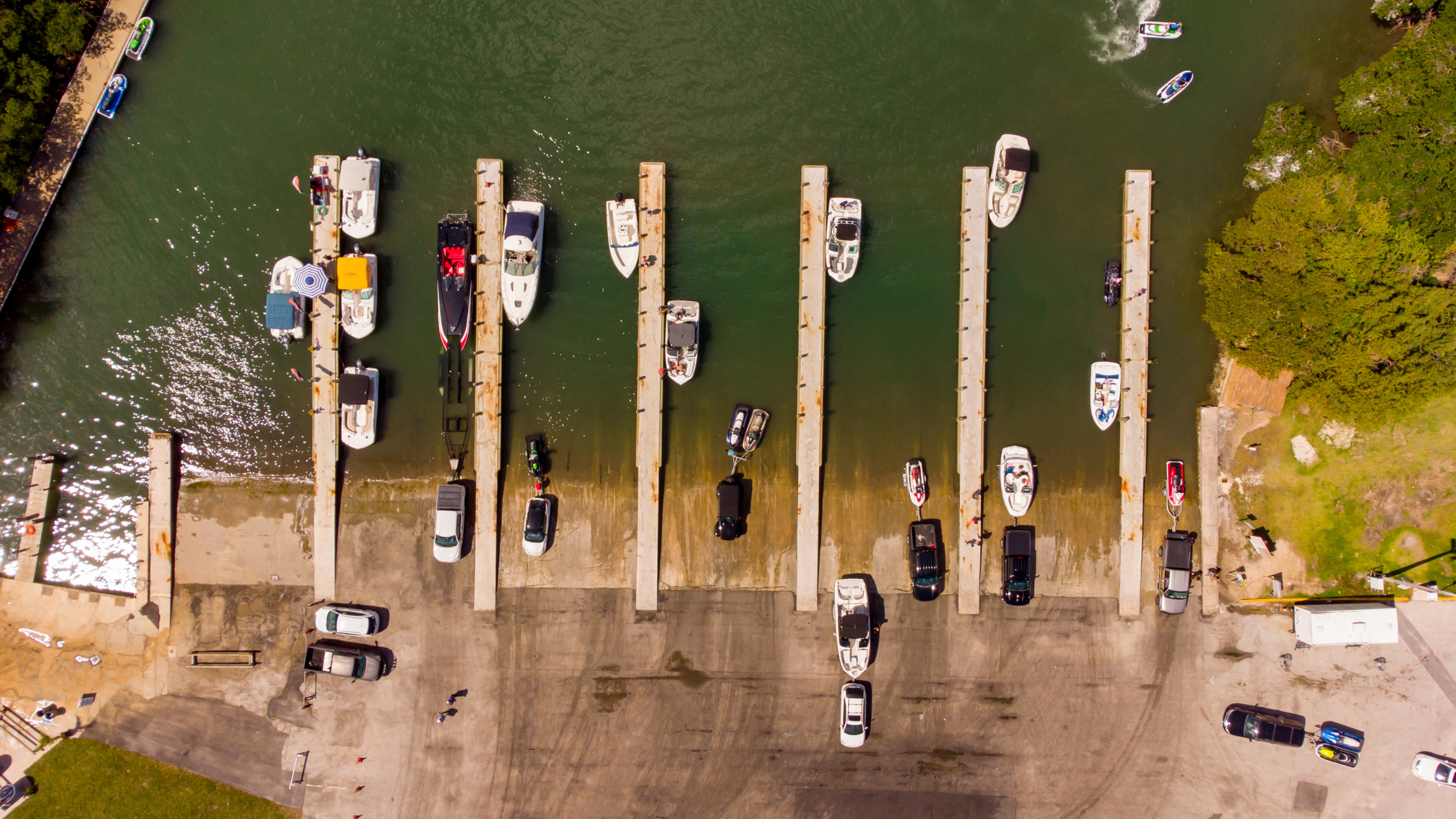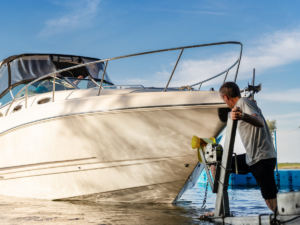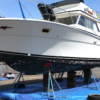
Make sure your day of boating starts off on the right note with a successful launch of your craft at the ramp, a busy area that’s shared with others. Knowing what to expect as well as what other boaters expect of you will ensure things go smoothly and that you look like a pro.
Boat ramp etiquette is a set of rules that combine good manners with excellent seamanship skills when launching and loading a boat from/onto a trailer. Public boat ramps are busy with many people waiting their turn and there’s an unwritten code of conduct that must be followed to keep the process safe and civil.
There are challenges for all involved. Boats waiting in cue to be loaded must avoid a collision with other boats on the water even in strong winds or currents. Meanwhile, those on shore have the pressure to successfully back down the ramp and load quickly to make room for others. On wide ramps with more than one lane, this can get tense, especially with kids, pets and other boaters joining in the fray.
6 Best practices for launching a boat
 Use the staging area to prepare the boat and trailer for launch. Remove the boat cover, disconnect the lights before dunking the electrical system, load necessary gear as well as the boat driver, and don’t forget to insert the drain plug.
Use the staging area to prepare the boat and trailer for launch. Remove the boat cover, disconnect the lights before dunking the electrical system, load necessary gear as well as the boat driver, and don’t forget to insert the drain plug. - Cue up and wait your turn. No cutting in line.
- When the boat is on the water, clear the ramp quickly to make room for those waiting. Park the tow vehicle and trailer in a specified spot and away from the staging area and ramp traffic.
- Ask the boat driver to clear the area and move over to the beach or to the courtesy dock without creating a wake for others at the ramp.
- Make sure your boat’s navigation or running lights are on if launching (or retrieving) in the dark.
- Assist others only if asked and you feel safe doing so.
6 Best practices for loading (retrieving) a boat
- Use the courtesy dock only as long as it takes for the tow vehicle to get ready and back down the ramp. Others will be waiting to use it too.
- Avoid “power loading” which involves using the boat’s engine to push the boat onto the trailer. This damages the ramp and the environment, is dangerous, and in most cases, is illegal.
- Once the boat is on the trailer, check to make sure it’s level and that its weight is evenly distributed on the trailer. Secure the bow hook/winch and pull up to the staging area to wipe down, unload gear, add the boat cover and check the brake lights are working for transport.
- While on the ramp, avoid lengthy conversations with your crew or others that may waste time and delay those who are waiting.
- As the vehicle driver, find a way to communicate with the boat driver without yelling. Hand signals are a great help and civil communications will make you look professional. And while at it, make sure the stereo on the boat or in the vehicle are turned off or down.
It all starts with courtesy
Savvy seamanship starts at the ramp. Good ramp etiquette is a set of common courtesies that are easy to learn and will make the start and end of your boating day smooth and successful. If in doubt about what’s expected, watch others or ask someone who looks like they know what they’re doing. They’ll probably be flattered and happy to help.








